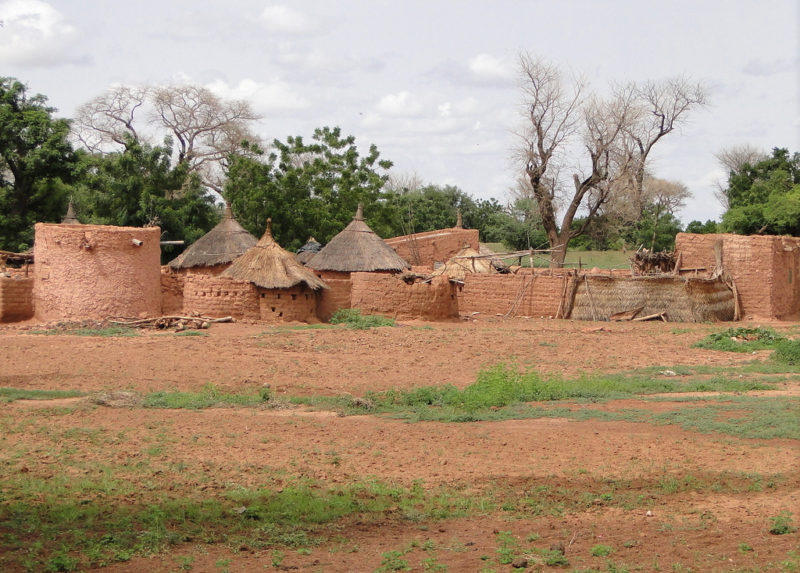- About
- Topics
- Picks
- Audio
- Story
- In-Depth
- Opinion
- News
- Donate
- Signup for our newsletterOur Editors' Best Picks.Send
Read, Debate: Engage.
| topic: | Economic Inclusion |
|---|---|
| located: | Gabon, Belize, Ecuador |
| editor: | Bob Koigi |
As countries grapple with heightened debt distress occasioned by global economic shocks and unprecedented climate-related catastrophes, a new model for managing these challenges while caring for the environment is being fronted as a win-win.
Debt-for-nature swaps involve one country buying off the debts of another country and substituting them with cheaper loans. The amount saved is then used for biodiversity conservation and climate mitigation initiatives. This type of climate finance poised to surpass $800 billion is timely, coming at a time when over 50 of the poorest countries in the developing world risk defaulting on their debt and becoming bankrupt, among them 28 of the world's top most climate-vulnerable. Representing just 3 per cent of the world economy, these countries are home to more than half of the population living in extreme poverty.
It will cost the world up to $6 trillion yearly to mitigate climate change by 2050. While developed countries may find ways to navigate the climate crisis, funding gaps hold emerging economies back. These markets need $95 trillion to transition to clean energy.
Alive to these realities, countries are mulling green, sustainable, and climate-responsive financing architecture via debt-for-nature swaps as a viable option.
In 2021, a debt-for-nature swap deal for Belize, a Central American country worth $364 million, was chaperoned by the global organisation The Nature Conservancy. It reduced its debt by approximately 12 per cent of its GDP and increased some $180 million towards conservation over 20 years. The country also committed to protecting 30 per cent of its maritime space. The deal is also helping to protect the longest coral reef in the Western Hemisphere.
And in the largest debt-for-nature swap in the world, Ecuador converted $1.6 billion of its debt into an annual $12 million fund for conservation of the Galapagos Islands.
Africa, a continent whose countries are ridden with debts and loan defaults, has identified the swaps as an ideal green financing vehicle allowing countries to settle their debts while tackling the threat of climate crisis by protecting the rich biodiversity.
Gabon, this year, set the pace by being the first African country to swap its debts for conservation and climate programmes. Under a $500 million debt-for-nature swap deal, Central African countries, rich in natural resources, will see the agreement generate $163 million dedicated to an independent conservation fund and marine conservation in the next 15 years while reducing its debt. The fund's beneficiaries will be the country's marine ecosystem, with 26 per cent currently designated as protected. It also hopes to make its fisheries industry sustainable and protect its vast mangrove forests, one of the most prolific carbon sinks in West and Central Africa.
The conservation efforts are part of years of focus by Gabon that saw the country establish a marine protected area network in 2014, becoming the first in Central Africa to protect its marine life.
The country has set aside 20 protected areas and increased protection of its waters and marine life from less than 1 per cent to 26 per cent.
With the threat of climate change becoming an everyday reality, and as the world increasingly stares at emerging threats such as conflicts and pandemics that continue to have far-reaching economic impacts, including having a toll on nations' obligation to pay debts, swaps for nature offer a green avenue to tackle these challenges, a conservation commitment at a time.
Image by Markus Winkler.

